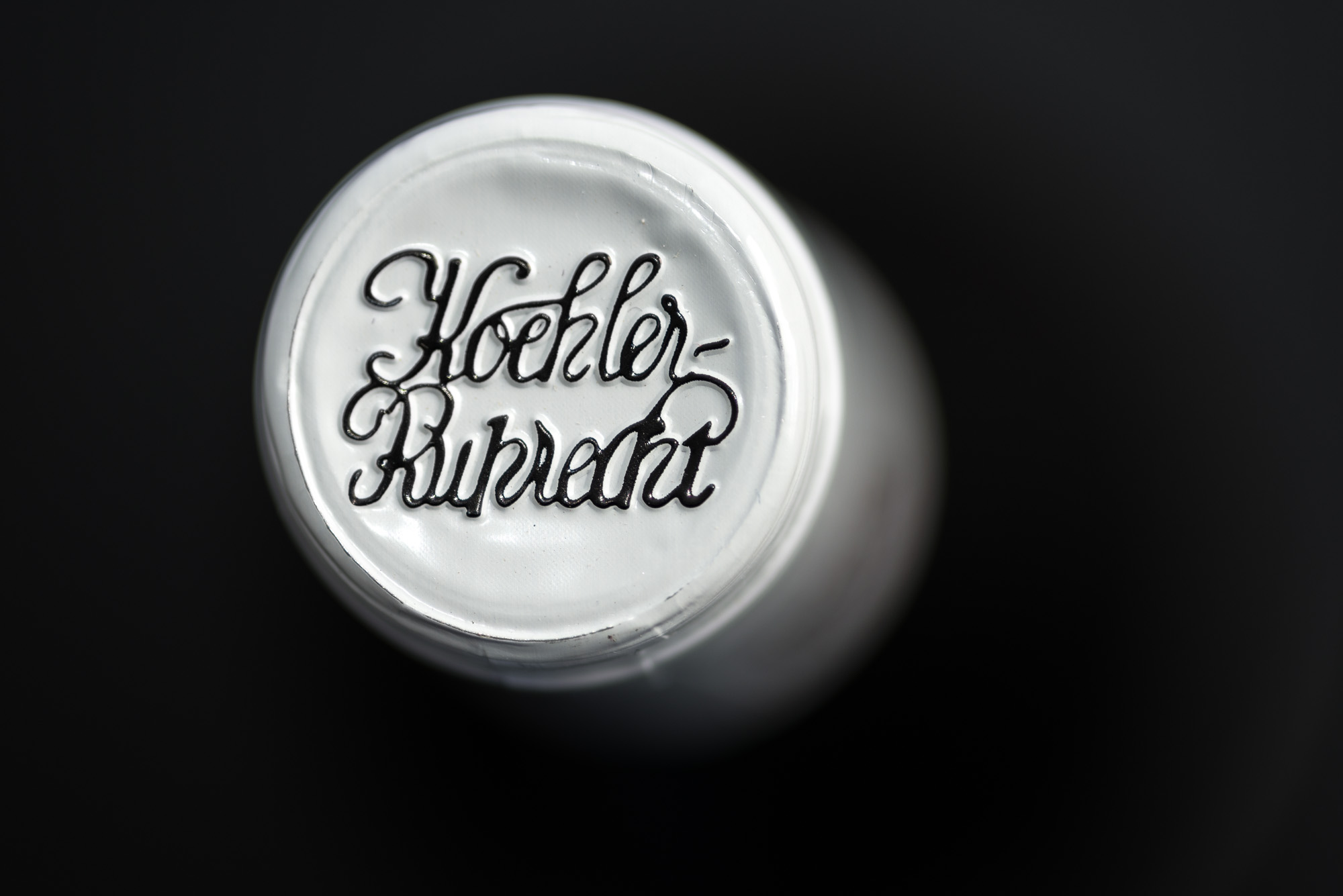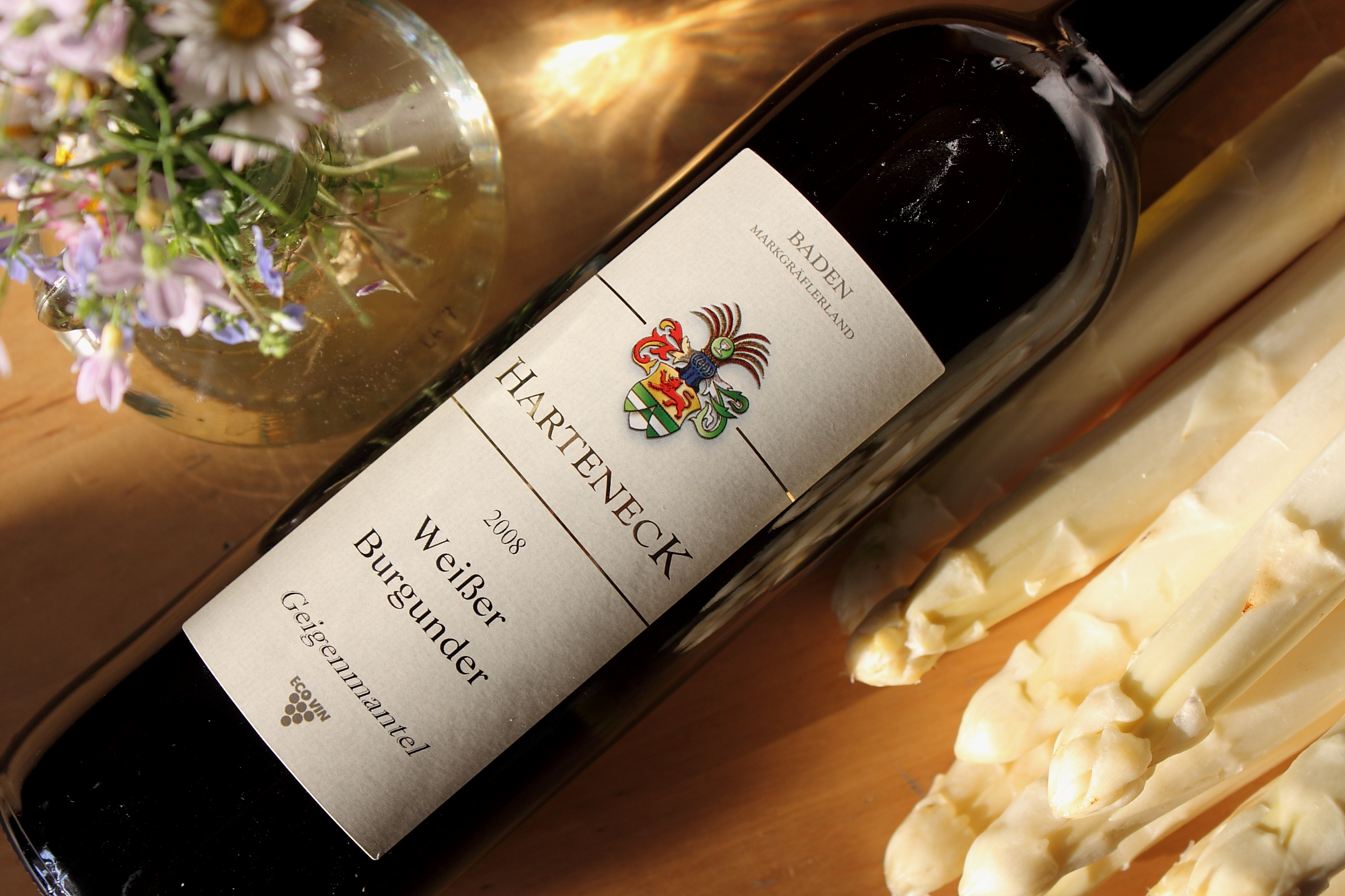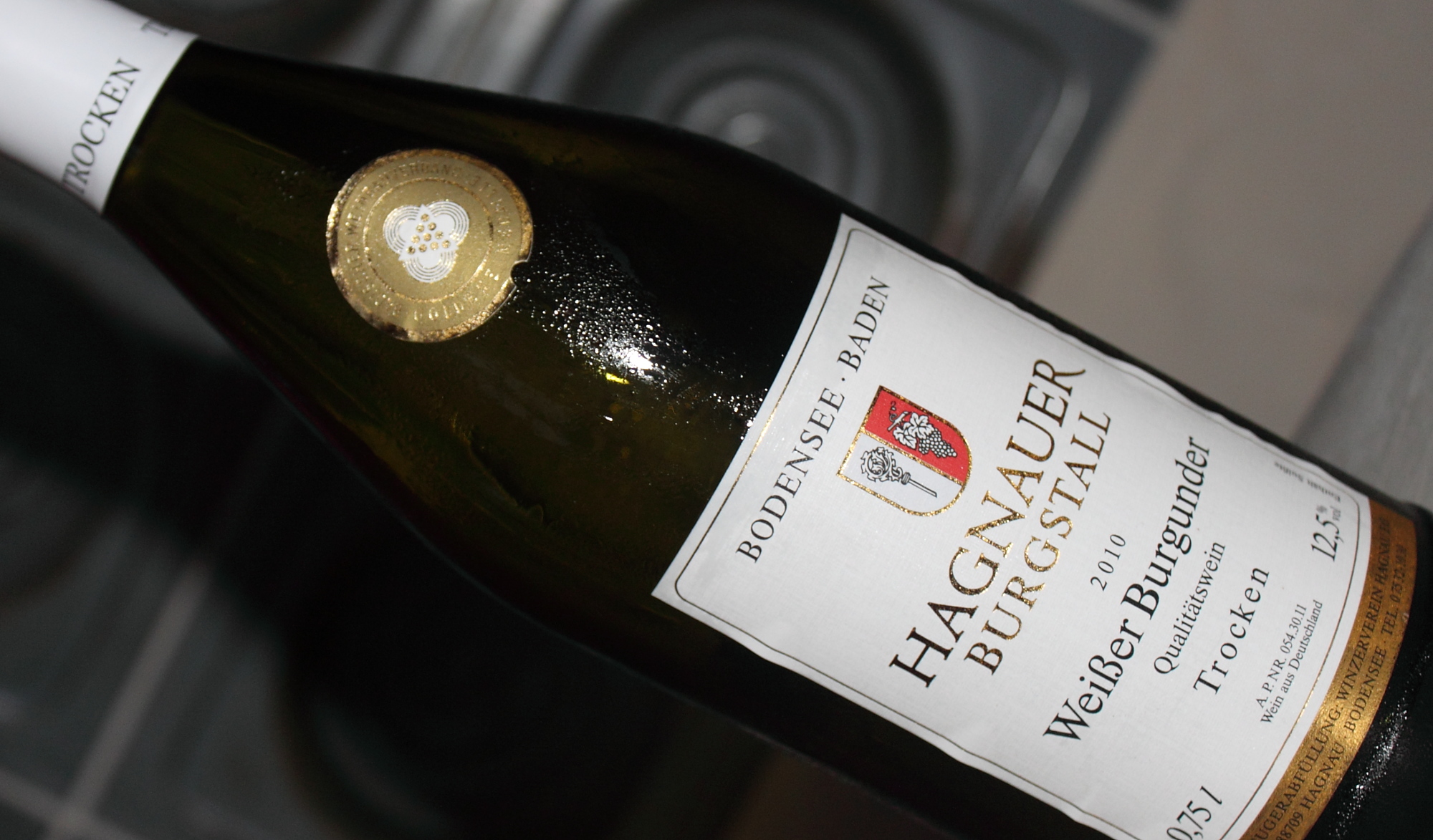Speak, barrel sample - an afternoon with Dallmayr's winemaking elite (Part two)
We had heard a shy young Franconian winemaker talking about finding his own way, a sage dispensing Riesling wisdom, and the hulking star of the river Saar warn us of his own wines. But in spite of our heads beginning to spin, our palates starting to give out, and the lure of Dallmayr's fine sausages, cheeses and chocolates pulling us away, we had not yet heard enough...

In case you missed the first part of this report about Winzerelite ("wine growing elite"), the annual spring tasting hosted by posh Munich wine and fine food store Dallmayr, in which we were talking.... No we weren't, really. We resolved to, this once, fulfil our journalistic calling and let winegrowers do the talking. One wine each, and whatever they wanted to tell us about it and what choices they made in making it - those were the rules.









